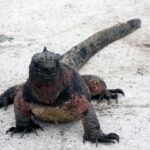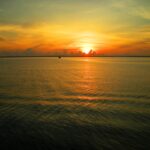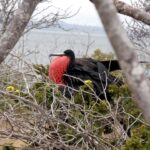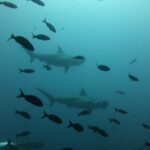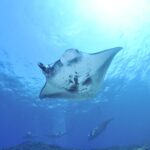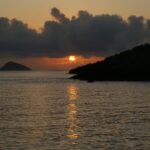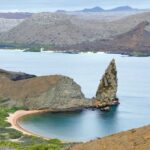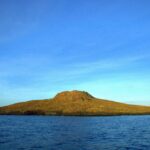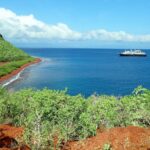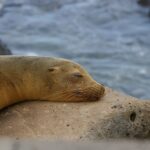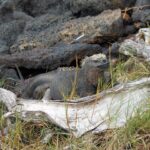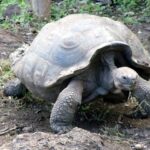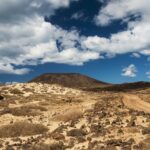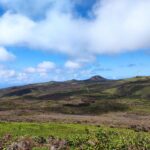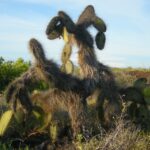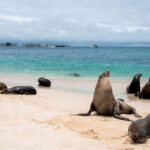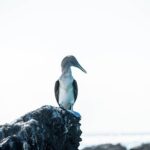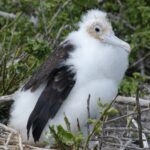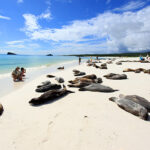San Cristóbal
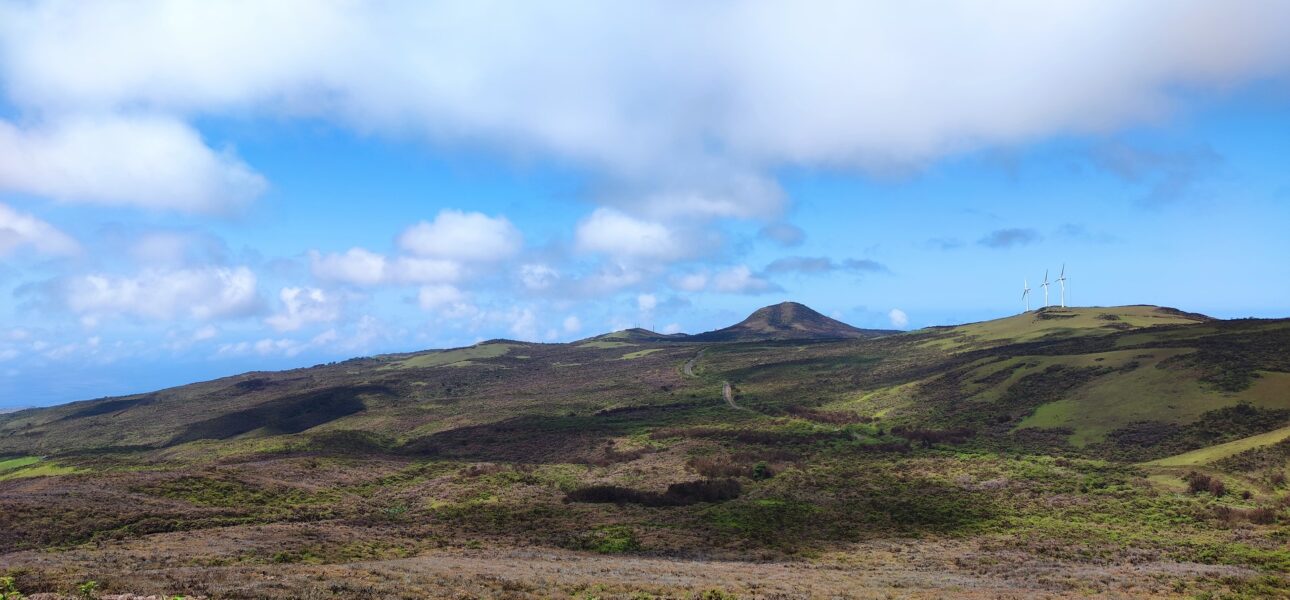
San Cristóbal Island: A Galapagos Gem Blending Nature and History
As the easternmost and second-largest island in the Galapagos archipelago, San Cristóbal Island offers a captivating blend of natural wonders and historical significance. In this chapter of our Galapagos Islands series, let’s embark on a journey to San Cristóbal, where diverse landscapes, unique wildlife, and a touch of human history converge to create a multifaceted destination for the curious traveler.
Geography and Landscape
San Cristóbal boasts a varied topography, encompassing arid lowlands, lush highlands, and pristine beaches. The island’s eastern side is marked by rocky cliffs, while the western side features sandy shores and mangrove forests. This diversity provides a range of habitats that support a rich array of Galapagos flora and fauna.
Flora
Giant Cacti
San Cristóbal is adorned with endemic giant prickly pear cacti, similar to those found on other islands. These towering cacti contribute to the island’s unique character and serve as a reminder of the Galapagos’ remarkable plant life.
Galapagos Cotton
The highlands of San Cristóbal are home to the endemic Galapagos cotton plant. Its fluffy white cotton blooms add a touch of softness to the rugged landscapes, creating a visual contrast against the volcanic soil.
Wildlife
Galapagos Tortoises
The highlands of San Cristóbal are home to a population of Galapagos tortoises. Visit the El Junco lagoon, a freshwater crater lake, to observe these gentle giants in their natural habitat, offering a unique opportunity to witness their slow and graceful movements.
Sea Lions and Marine Life
The coastal areas of San Cristóbal teem with marine life, including sea lions, sea turtles, and rays. Snorkeling and diving excursions allow visitors to explore the underwater wonders and witness the vibrant marine ecosystem.
Blue-Footed Boobies and Frigatebirds
San Cristóbal is a haven for birdwatchers, offering opportunities to observe blue-footed boobies, frigatebirds, and other avian species along the cliffs and rocky shores.
Historical Significance
Interpretation Center
The San Cristóbal Interpretation Center provides insight into the history of the Galapagos Islands, including the human impact on the archipelago. Exhibits cover topics such as the islands’ discovery, Charles Darwin’s visit, and ongoing conservation efforts.
Cerro Tijeretas
Cerro Tijeretas holds historical significance as the site where Charles Darwin first set foot in the Galapagos in 1835. Visitors can follow in Darwin’s footsteps, enjoying panoramic views and encountering frigatebirds nesting along the cliffs.
Activities
Kicker Rock (León Dormido)
Kicker Rock, a distinctive volcanic formation rising from the sea, is a popular site for snorkeling and diving. Encounter a variety of marine life, including sharks, rays, and vibrant fish, in the clear waters surrounding this iconic landmark.
Lobos Island
Take a boat trip to Lobos Island, located just off the coast of San Cristóbal. This uninhabited island is a breeding ground for sea lions, providing an opportunity for close encounters with these playful marine mammals.
Conclusion
San Cristóbal Island stands as a dynamic blend of natural beauty and historical significance within the Galapagos archipelago. Whether you’re exploring the highlands, snorkeling in crystal-clear waters, or retracing Darwin’s footsteps, San Cristóbal offers a diverse and enriching experience. Immerse yourself in the island’s unique charm, where the past and present coexist in harmony, and let San Cristóbal be a cornerstone of your Galapagos exploration.
Explore the Galapagos Islands
Find out all about the different Galapagos islands and what makes them so special!

